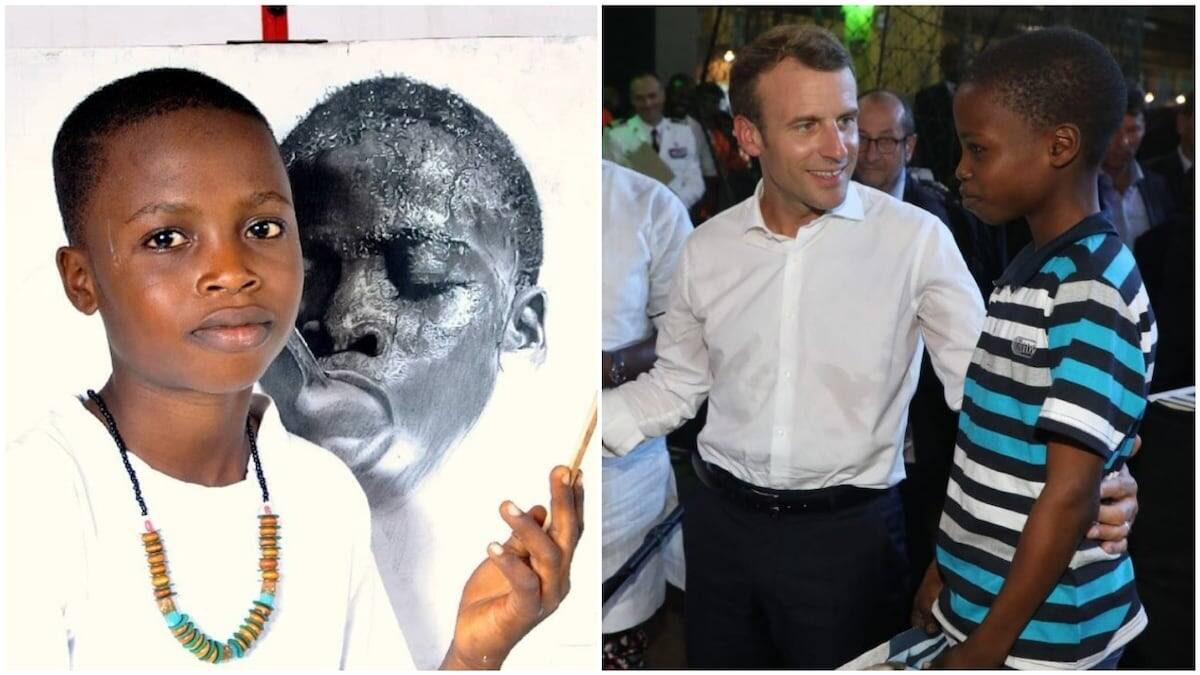

Sometimes, beats emerge out of cultural moments. The Times now covers a range of specific beats such as extreme weather, Broadway, labor and unions, and the W.N.B.A. In the digital age, newsrooms expanded on the traditional beat structure to include topics and ideas, and over time beats have become more and more distinct. Even within a specific coverage area, stories must connect with a wide and diverse audience.īeat reporting started at the end of the 19th century, and beats were usually geographically based. Beat reporting allows writers to use their expertise to dive deep on different topics, but finding fresh stories in a narrow framework can be a challenge. Newsroom coverage is often organized into beats, specific subjects that journalists specialize in covering. They allow journalists to ask big questions like “Are we alone in the universe?” and “What drives a human’s ability to endure?” and address them through a specific lens.


Kenneth Chang, a Science writer who reports on outer space, says he has “the wonder beat.” The “future of work” reporter Emma Goldberg writes about, as a teammate once said, “business vibes.” Talya Minsberg, who covers extreme sports and adventurous feats, says her stories usually fall under the umbrella of “things that could maybe kill you.”įor seemingly niche and narrow corners of The New York Times, these coverage areas often present some of the most universal themes in the news report.


 0 kommentar(er)
0 kommentar(er)
